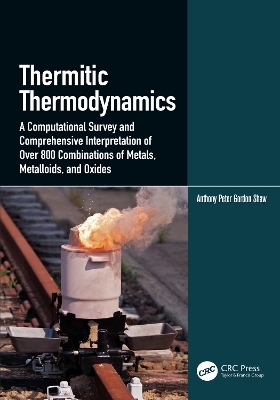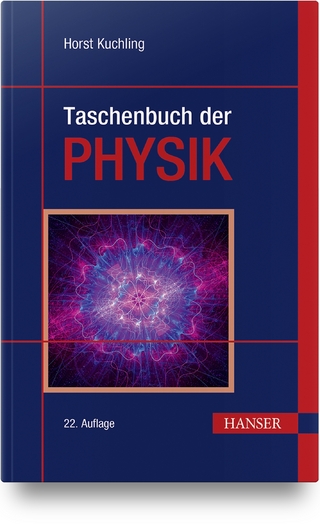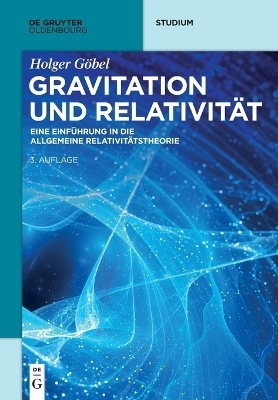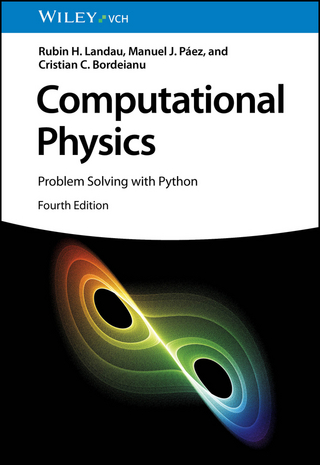
Thermitic Thermodynamics
CRC Press (Verlag)
978-1-138-48282-1 (ISBN)
- Titel z.Zt. nicht lieferbar
- Versandkostenfrei innerhalb Deutschlands
- Auch auf Rechnung
- Verfügbarkeit in der Filiale vor Ort prüfen
- Artikel merken
Thermites, which are generally considered to be reactive mixtures of powdered metals and metal oxides, are an important subset of energetic materials. The underlying thermodynamic properties of a given mixture dictate whether it may undergo a self-sustaining reaction, liberating heat in the process. Thermodynamic information in the existing scientific literature regarding thermitic combinations is scattered and incomplete. Currently, a comprehensive overview of this nature would be of great use to those working in the areas of pyrotechnics, pyrometallurgy, high-temperature chemistry, and materials science. Thermitic Thermodynamics solves this problem by describing the results of calculations on over 800 combinations of metal, metalloid, and metal oxide reactants.
Other features include:
A first-of-its-kind adiabatic survey of binary thermitic reactions
Provides an overview of key trends in exothermic metal-metal oxide reactivity
Describes the role of non-oxide product formation in thermitic systems
Explains how to interpret the results of thermochemical calculations effectively
An invaluable resource, this book provides an accessible introduction for students and is also an enduring guide for professionals.
Anthony Peter Gordon Shaw received a B.S. degree in chemistry from Rensselaer Polytechnic Institute in 2004. He subsequently pursued graduate studies in the same discipline and received his M.A., M.Phil., and Ph.D. degrees from Columbia University in 2006, 2008, and 2009, respectively. For one year, Dr. Shaw was a postdoctoral researcher at the University of Oslo. Since 2010, he has worked in the U.S. Army’s Pyrotechnics Technology Division at Picatinny Arsenal. He has also been an instructor at Picatinny Arsenal’s Armament Graduate School since 2015. Much of his work with energetic materials and munitions has involved reformulating pyrotechnic compositions to remove objectionable and hazardous components. More recently, he has focused on understanding and describing the thermodynamic characteristics of pyrotechnics. Dr. Shaw is the author or coauthor of a growing collection of scientific articles pertaining to his areas of interest and research. Additionally, he is the Archivist of the International Pyrotechnics Society and Vice President of Seminar Records for IPSUSA Seminars, the organization that plans and arranges the biennial seminars of the International Pyrotechnics Society in the United States.
Part 1 Thermitic Thermodynamics. Chapter 1 An Introduction to Thermitic Reactivity. Chapter 2 Characteristics of the Metal-Metal Oxide Reaction Matrix. Chapter 3 Some Thermodynamic Concepts and Considerations. Chapter 4 Applying Thermodynamic Concepts. Chapter 5 Additional Topics. Part 2 Adiabatic Descriptions of Binary Thermitic Systems. Chapter 6 Magnesium-Oxidizer Systems. Chapter 7 Titanium-Oxidizer Systems. Chapter 8 Zirconium-Oxidizer Systems. Chapter 9 Hafnium-Oxidizer Systems. Chapter 10 Vanadium-Oxidizer Systems. Chapter 11 Niobium-Oxidizer Systems. Chapter 12 Tantalum-Oxidizer Systems.Chapter 13 Chromium-Oxidizer Systems. Chapter 14 Molybdenum-Oxidizer Systems. Chapter 15 Tungsten-Oxidizer Systems. Chapter 16 Manganese-Oxidizer Systems. Chapter 17 Iron-Oxidizer Systems. Chapter 18 Cobalt-Oxidizer Systems. Chapter 19 Nickel-Oxidizer Systems. Chapter 20 Copper-Oxidizer Systems. Chapter 21 Zinc-Oxidizer Systems. Chapter 22 Cadmium-Oxidizer Systems. Chapter 23 Boron-Oxidizer Systems. Chapter 24 Aluminum-Oxidizer Systems. Chapter 25 Silicon-Oxidizer Systems. Chapter 26 Tin-Oxidizer Systems. Chapter 27 Lead-Oxidizer Systems. Chapter 28 Antimony-Oxidizer Systems. Chapter 29 Bismuth-Oxidizer Systems. Part 3 Additional Adiabatic Descriptions. Chapter 30 Systems Involving Group 3 and Lanthanide Elements. Chapter 31 Systems Involving Actinide Elements.Chapter 32 Metal-Boron Systems and Ti-B4C, Ti-C. Chapter 33 Metal-Silicon Systems. Chapter 34 Intermetallic Systems.
| Erscheinungsdatum | 09.06.2020 |
|---|---|
| Zusatzinfo | 120 Tables, black and white; 26 Illustrations, color; 1002 Illustrations, black and white |
| Verlagsort | London |
| Sprache | englisch |
| Maße | 178 x 254 mm |
| Gewicht | 2340 g |
| Themenwelt | Naturwissenschaften ► Physik / Astronomie |
| Technik ► Maschinenbau | |
| Technik ► Umwelttechnik / Biotechnologie | |
| ISBN-10 | 1-138-48282-X / 113848282X |
| ISBN-13 | 978-1-138-48282-1 / 9781138482821 |
| Zustand | Neuware |
| Haben Sie eine Frage zum Produkt? |
aus dem Bereich


